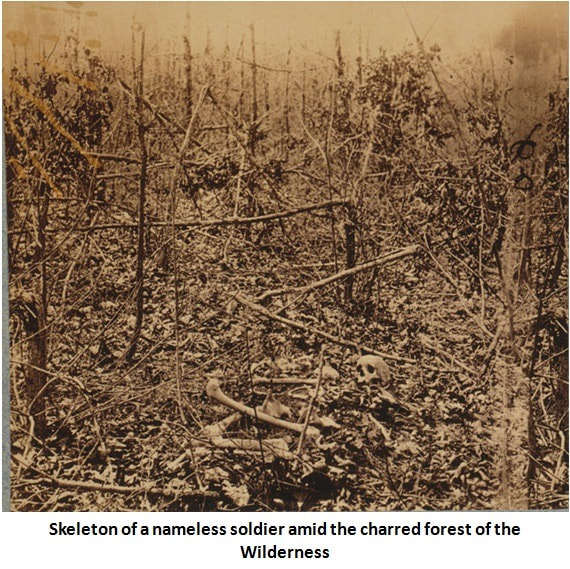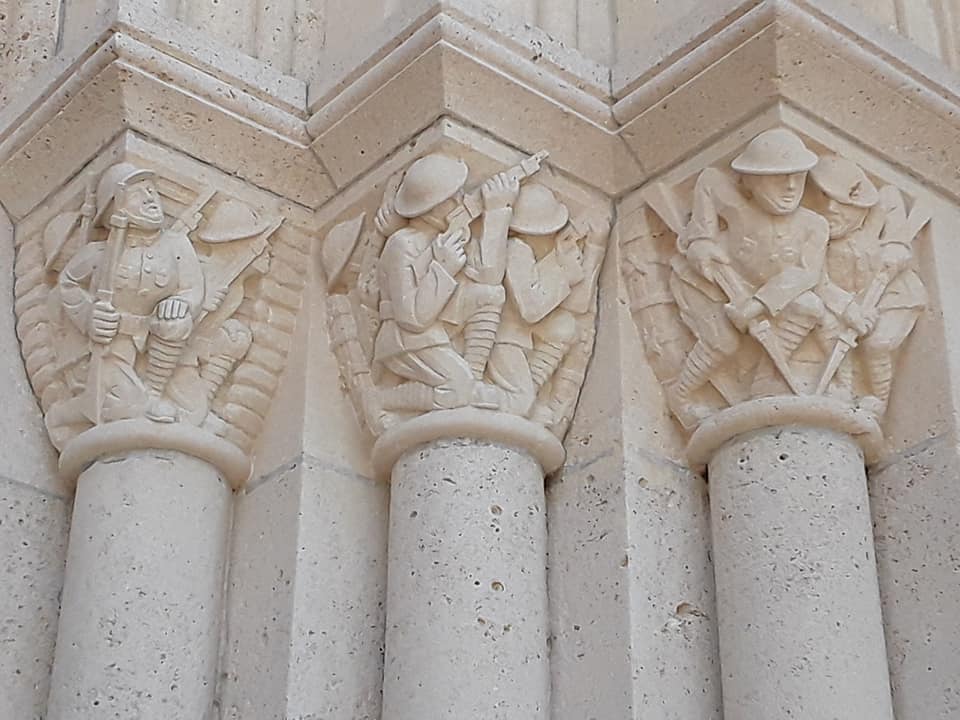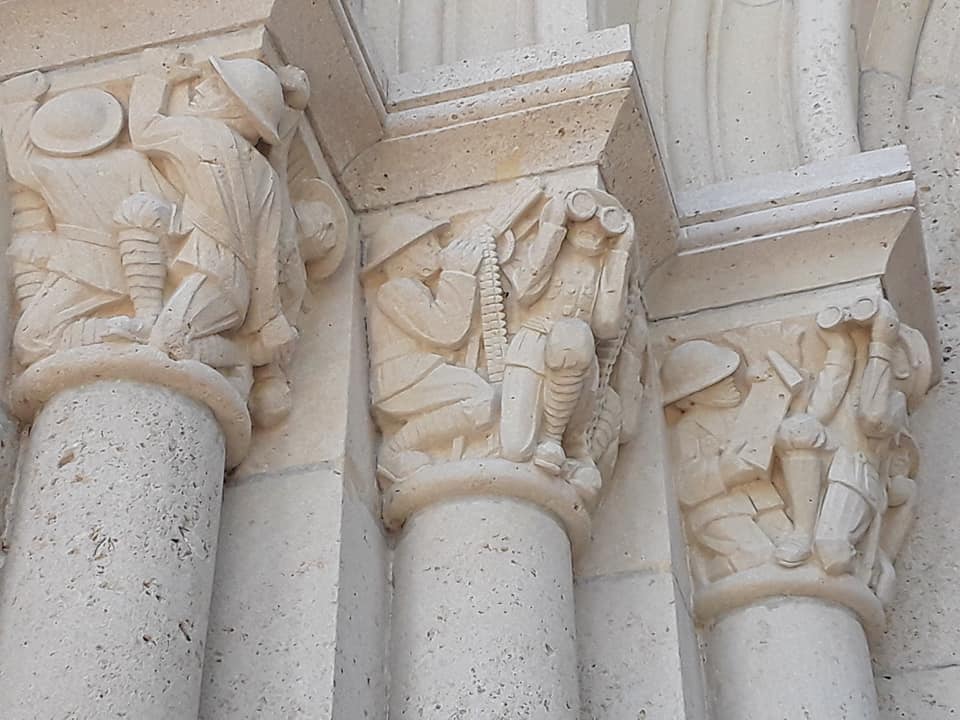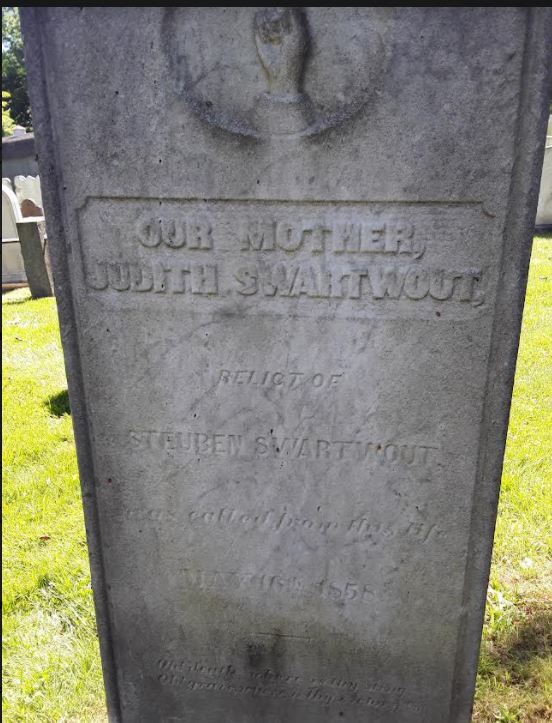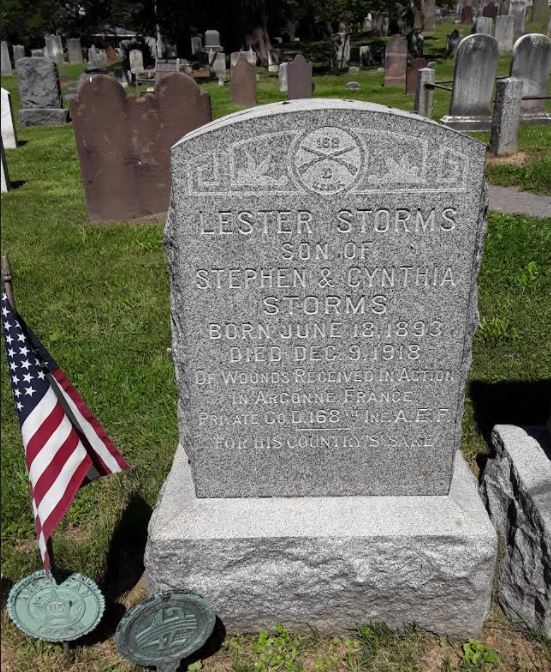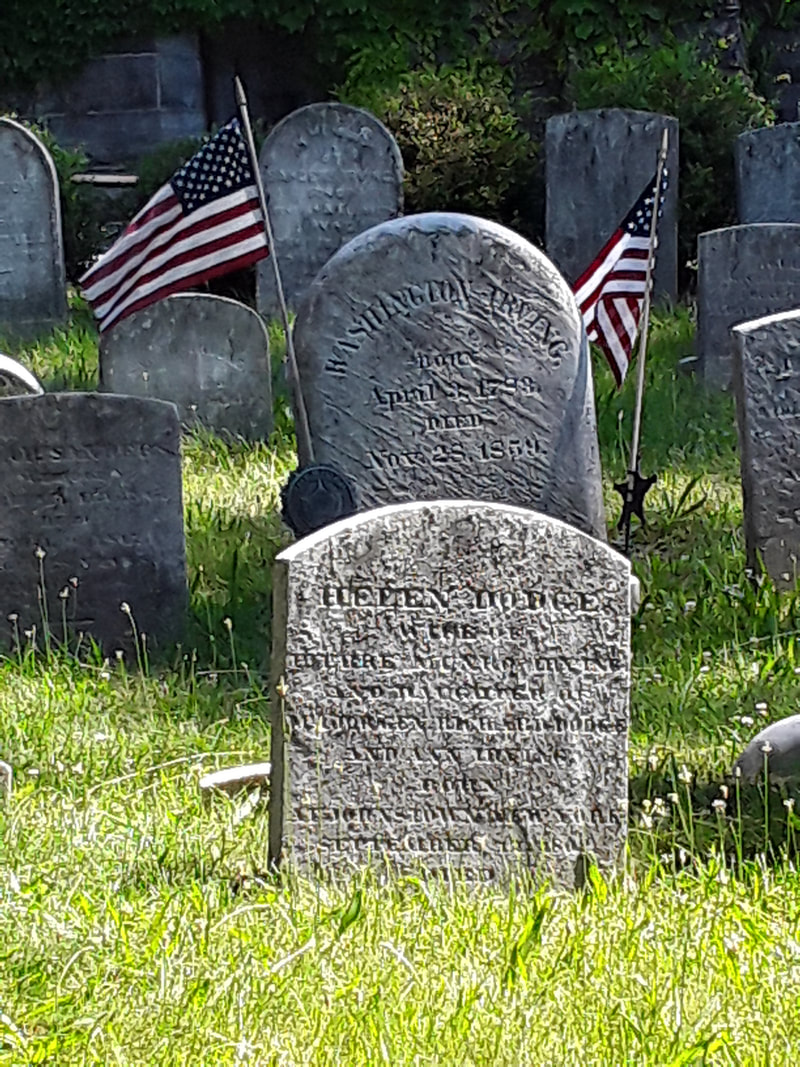 Photo credit: author. Taken inside the American Cemetery new Belleau Woods.
Photo credit: author. Taken inside the American Cemetery new Belleau Woods. 

Captain James M. Moore of the Quartermaster Cemeterial Division personally led a group of his men to the field after the Battle of Fort Stevens outside Washington, D.C. They searched for and recovered both remains and personal items, identifying every single Union soldier lost in that battle. This effort helped establish the Quartermaster Corps as the entity in charge of caring for the fallen.
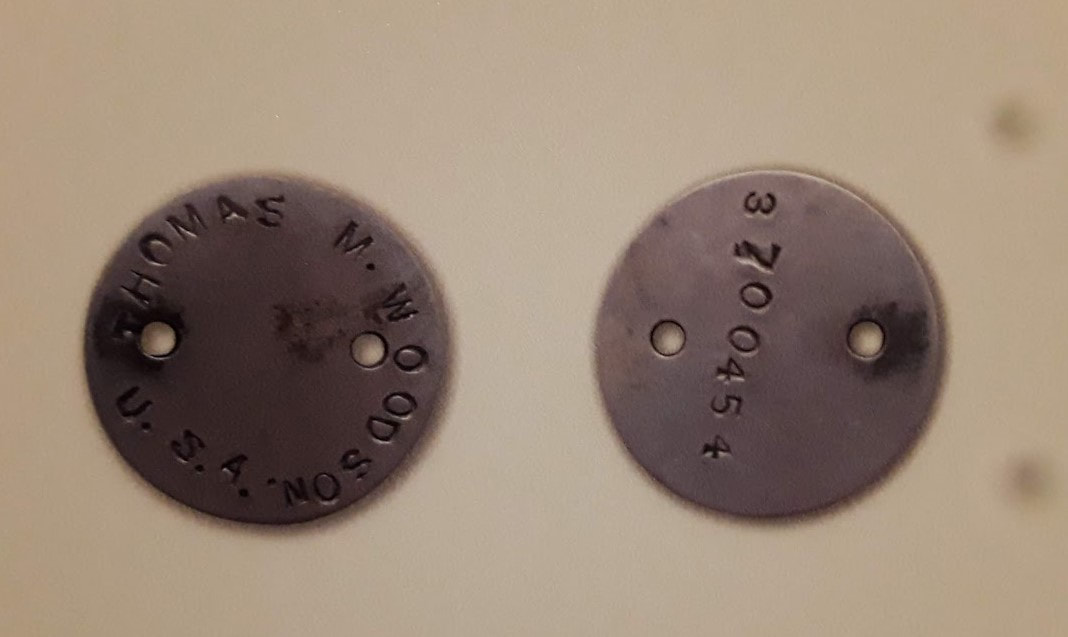
Pershing noted the courage of these men in recovering the bodies of their comrades in 1918:
"(They) began their work under heavy shell of fire and gas, and, although troops were in dugouts, these men immediately went to the cemetery and in order to preserve records and locations, repaired and erected new crosses as fast as old ones were blown down. They also completed the extension to the cemetery, this work occupying a period of one and a half hours, during which time shells were falling continuously and they were subjected to mustard gas. They gathered many bodies which had been first in the hands of the Germans, and were later retaken by American counterattacks. Identification was especially difficult, all papers and tags having been removed, and most of the bodies being in a terrible condition and beyond recognition.”
By the time of the Vietnam War, the identification of war dead had improved greatly, aided by ever-improving transportation, communication and laboratories. Only 28 American soldiers killed during the Vietnam War remained unidentified by the war's end. Using DNA analysis, the last one was identified in 1998.
May it be that no future comrade in arms will ever have to remain "known but to God."
